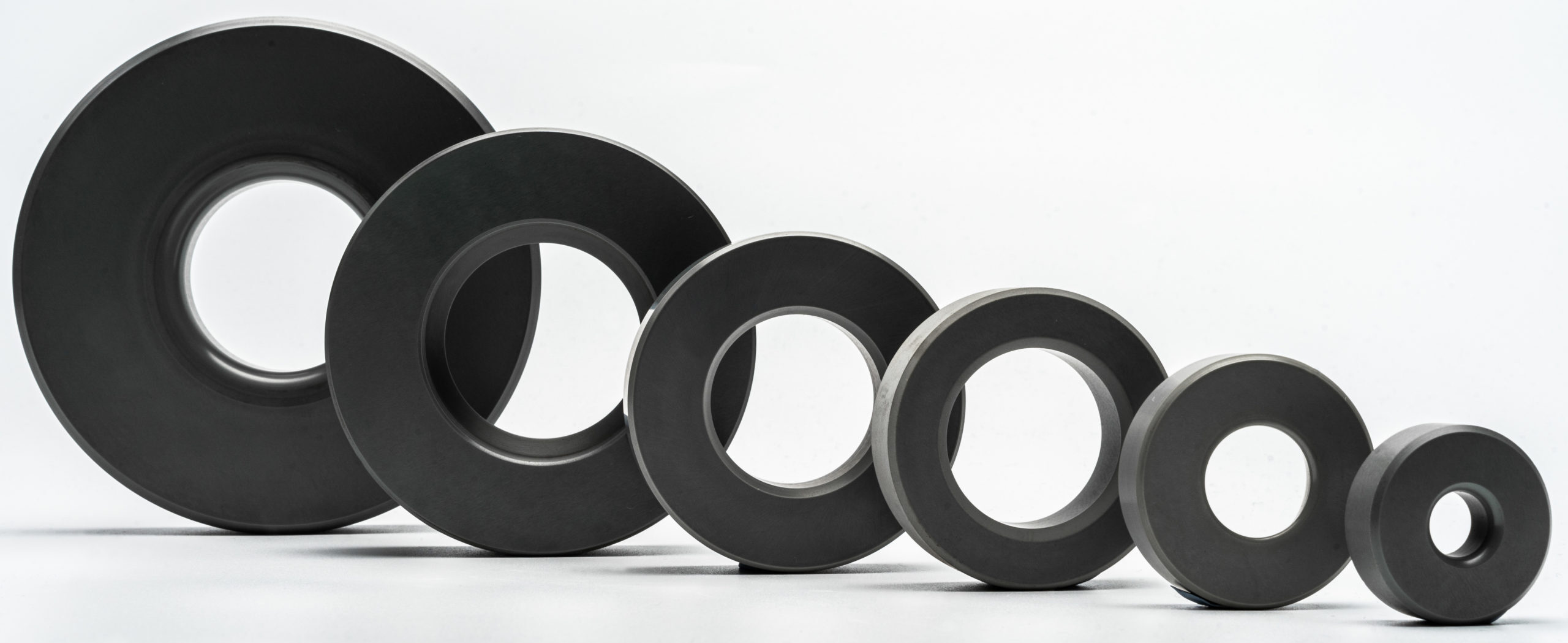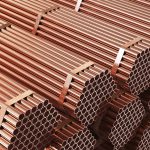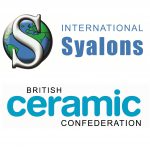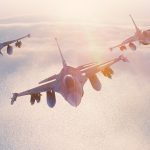Producing structural components, such as aluminium window and door frames, copper pipe and wiring, and roof structures requires manufacturing methods that deliver high dimensional accuracy and surface integrity. One such technique for shaping structural components is extrusion, and at the heart of the extrusion process is the die. Manufacturers use ceramic extrusion dies to produce precise, repeatable profiles that retain their accuracy and surface quality over long production runs, even when processing highly abrasive or chemically aggressive feedstocks. Their wear and corrosion resistance, dimensional and thermal stability, and smooth surface finish make them particularly valuable for generating structural components that must maintain exact geometry, defect-free surfaces, and consistent performance under demanding service conditions.
Dimensional and Thermal Stability Under Load
During extrusion, the combined effects of mechanical pressure and frictional heating can cause materials with higher thermal expansion rates to change shape. Even minor dimensional changes in the extrusion die opening can alter the final product’s fit or strength. Ceramic extrusion dies exhibit very low thermal expansion, allowing them to retain their precise shape under elevated temperatures. By offering such stability, ceramic extrusion dies enable the manufacture of structural ceramic components that interlock or align perfectly. This consistency, from the first extrusion to the last, ensures structural components can be assembled without adjustment or loss of structural performance.
Resistance to Corrosion and Chemical Attack
Metallic materials used for structural components can be chemically aggressive during the extrusion process. Over time, these chemical interactions can roughen or pit metallic extrusion die surfaces, increasing friction during extrusion and introducing surface defects into the extruded product. Any flaws can weaken the components or shorten their service life in structural applications.
Most of the aggressive chemicals found in structural component feedstocks can be withstood by ceramic extrusion dies due to their chemical inertness. The surfaces of ceramic extrusion dies remain smooth and unchanged by chemical attack, which helps maintain consistent flow characteristics and reduces the risk of flaws that could undermine the strength of the final component.

Sialon ceramic extrusion dies – Image Credit: International Syalons (Newcastle) Ltd.
High Quality Surface Finish for Structural Reliability
The surface quality of a ceramic extrusion die directly influences the surface quality of an extruded structural component. If there are irregularities in the extrusion die surface, they can imprint onto the extrudate, producing microcracks or stress concentrations that may weaken load-bearing performance. Manufacturing and polishing ceramic extrusion dies to a high standard can produce exceptionally smooth internal surfaces, reducing friction between the extrusion die and the extruding material and forming cleaner, defect-free surfaces. This elevated surface quality directly contributes to the long-term durability and reliability of structural components in service.
How Ceramic Extrusion Die Inserts Made from Silicon Nitride and Sialon Enhance Performance
In demanding structural component production, larger steel die casings are fitted with precision extrusion die inserts to handle the most extreme wear and thermal loads. When these inserts are made from advanced ceramics, like silicon nitride or sialon, their performance and service life are significantly enhanced.
Silicon nitride combines extremely high hardness and superior fracture toughness, enabling extrusion die inserts to resist abrasive wear from aggregate-rich feedstocks and reducing the risk of chipping that could produce flaws in load-bearing components. Sialon’s balance of mechanical strength and thermal shock resistance demonstrates its suitability for high-throughput manufacturing environments. Both materials also exhibit low thermal expansion and excellent chemical inertness, allowing ceramic extrusion die inserts to maintain precise profile geometry and a smooth working surface over extended production runs. This combination of thermal, mechanical, and chemical stability enhance extrusion die performance, establishing a consistent output even under the most demanding manufacturing conductions.
Achieving Quality With Ceramic Extrusion Die Inserts from International Syalons
Structural components must meet strict requirements for strength, dimensional accuracy, and durability to ensure reliable performance. If the extrusion die loses shape, wears unevenly, or develops surface defects, the resulting products may fail to meet these standards before they even enter service. International Syalons addresses the challenges of die wear, dimensional change, and surface degradation in structural component production by manufacturing advanced ceramic extrusion die inserts formed from silicon nitride and sialon. Our ceramic extrusion die inserts are engineered to exhibit exceptional wear resistance, thermal stability, and chemical inertness. Manufacturers can use them to extend tool life, maintain precise geometries, and deliver consistent, defect-free structural components over long production runs. Reach out to our specialists to uncover more insights about our ceramic extrusion die inserts and how they can improve your structural component manufacturing.



